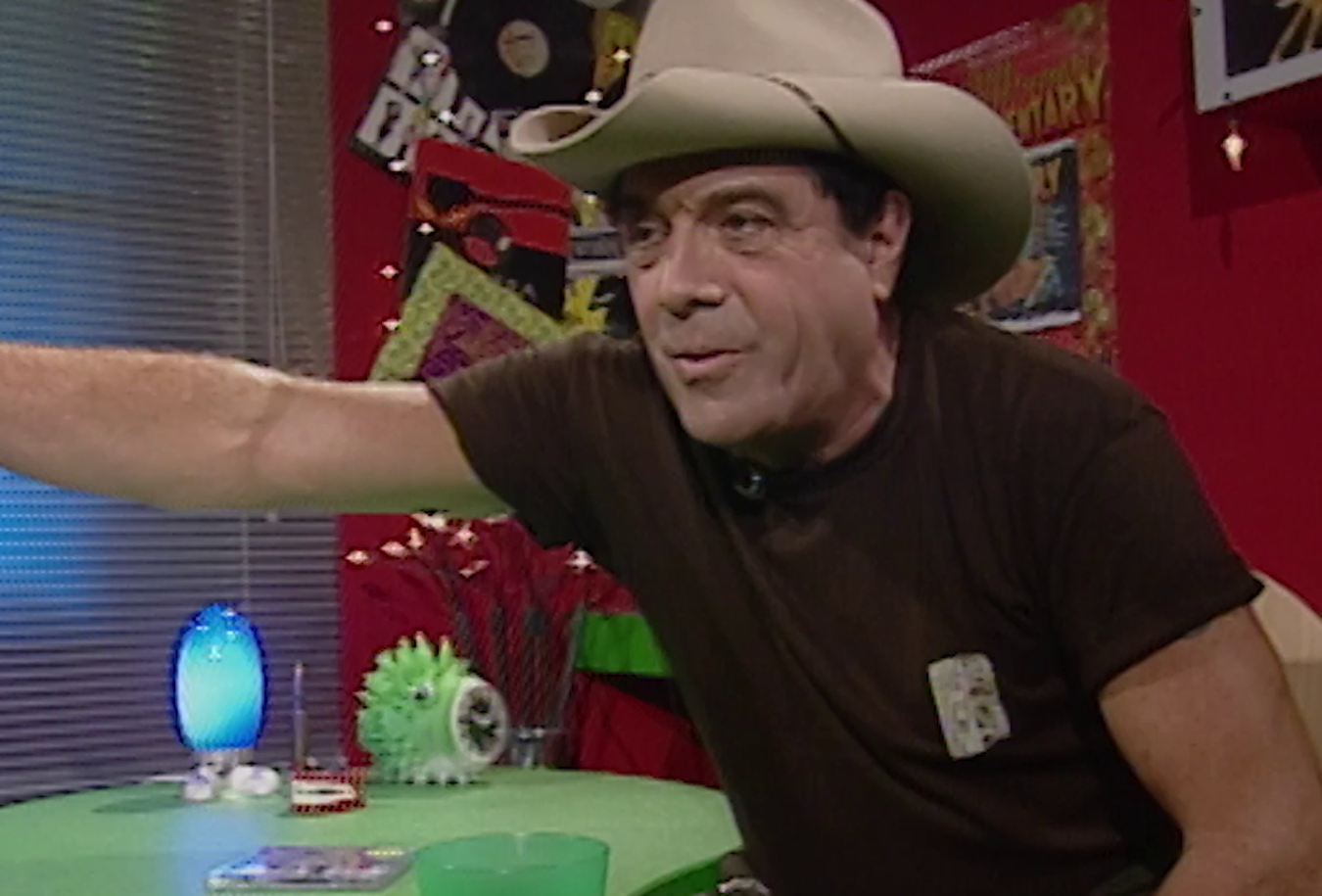

https://www.nfsa.gov.au/sites/default/files/collection/hero_image03-2017/soa_2015.jpg
Sounds of Australia 2015
Sounds of Australia 2015
Ten sound recordings with cultural, historical and aesthetic significance were added to Sounds of Australia for 2015.
Established in 2007, the Sounds of Australia is the NFSA’s selection of sound recordings which inform or reflect life in Australia. Each year, the Australian public nominates new sounds to be added with final selections determined by a panel of industry experts.
See the Complete Sounds of Australia list.
The National Film and Sound Archive of Australia acknowledges Australia’s Aboriginal and Torres Strait Islander peoples as the Traditional Custodians of the land on which we work and live and gives respect to their Elders both past and present.


